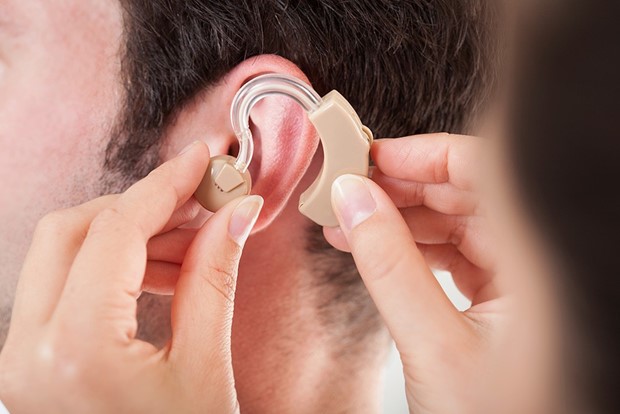When caring for a client who has wrist restraints after an episode of violent behavior, which of the following actions should the nurse take?
Tie the restraints to the side rail.
Remove the restraints every 3 hr.
Remove one restraint at a time.
Secure restraints with a square knot.
The Correct Answer is C
When caring for a client who has wrist restraints after an episode of violent behavior, the nurse should remove one restraint at a time.
This allows the nurse to assess the client’s behavior and response to having one arm free while still maintaining some level of control and safety.
Choice A is wrong because tying the restraints to the side rail can be dangerous as it can cause injury to the client if they move suddenly.
Choice B is wrong because removing the restraints every 3 hours is not a specific guideline and may vary depending on the facility’s policy and the client’s condition.
Choice D is wrong because securing restraints with a square knot can make it difficult to quickly release the restraints in an emergency.
Nursing Test Bank
Naxlex Comprehensive Predictor Exams
Related Questions
Correct Answer is C
Explanation
The correct answer is choicec. “You will need to wear a mask when outside of your room.”
Choice A rationale:
Visitors wearing protective gowns is important to prevent infection, but it is not the primary teaching point for the patient themselves.
Choice B rationale:
Patients undergoing allogeneic stem cell transplants are typically placed in private rooms to minimize the risk of infection, not semi-private rooms.
Choice C rationale:
Wearing a mask when outside the room is crucial for the patient to protect themselves from infections due to their compromised immune system during the transplant process.
Choice D rationale:
Negative-airflow rooms are used to prevent the spread of airborne infections from the patient to others, not necessarily to keep the air cleaner for the patient.
Correct Answer is D
Explanation
This statement indicates that the client understands the importance of gradually adjusting to wearing a hearing aid.
It can take time for the brain to adapt to new sounds and volume levels, so it’s important to increase usage gradually.

Choice A is wrong because turning the hearing aid up as high as it will go can cause discomfort and may not improve hearing.
Choice B is wrong because hearing aids typically last several years with proper care and maintenance.
Choice C is wrong because it’s important to remove the battery from the hearing aid when not in use to preserve battery life.
Whether you are a student looking to ace your exams or a practicing nurse seeking to enhance your expertise , our nursing education contents will empower you with the confidence and competence to make a difference in the lives of patients and become a respected leader in the healthcare field.
Visit Naxlex, invest in your future and unlock endless possibilities with our unparalleled nursing education contents today
Report Wrong Answer on the Current Question
Do you disagree with the answer? If yes, what is your expected answer? Explain.
Kindly be descriptive with the issue you are facing.
